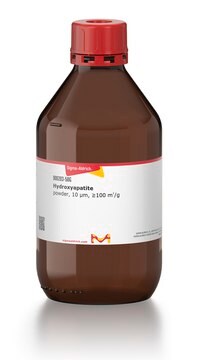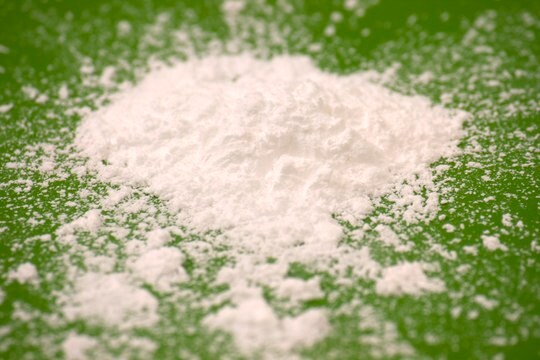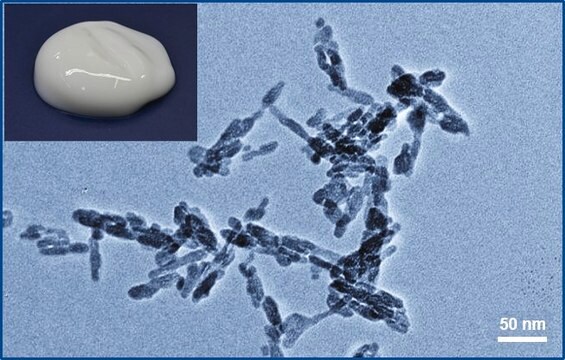900204
Hydroxyapatite
powder, 5 μm
Synonym(s):
Apatite hydroxide, Hydroxylapatite
About This Item
Recommended Products
description
Particle size: <5.0 μm ± 1.0 μm
Total Heavy Metals: ≤20 ppm
Quality Level
form
powder
surface area
≥80 m2/g
particle size
5 μm
InChI
1S/5Ca.3H3O4P.H2O/c;;;;;3*1-5(2,3)4;/h;;;;;3*(H3,1,2,3,4);1H2/q5*+2;;;;/p-10
InChI key
XYJRXVWERLGGKC-UHFFFAOYSA-D
Looking for similar products? Visit Product Comparison Guide
Related Categories
Application
Storage Class Code
13 - Non Combustible Solids
WGK
WGK 3
Flash Point(F)
Not applicable
Flash Point(C)
Not applicable
Certificates of Analysis (COA)
Search for Certificates of Analysis (COA) by entering the products Lot/Batch Number. Lot and Batch Numbers can be found on a product’s label following the words ‘Lot’ or ‘Batch’.
Already Own This Product?
Find documentation for the products that you have recently purchased in the Document Library.
Our team of scientists has experience in all areas of research including Life Science, Material Science, Chemical Synthesis, Chromatography, Analytical and many others.
Contact Technical Service



